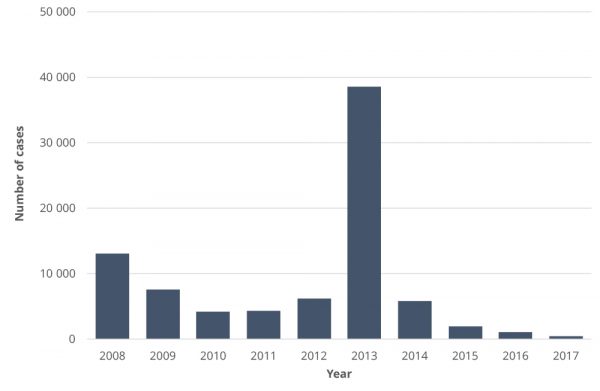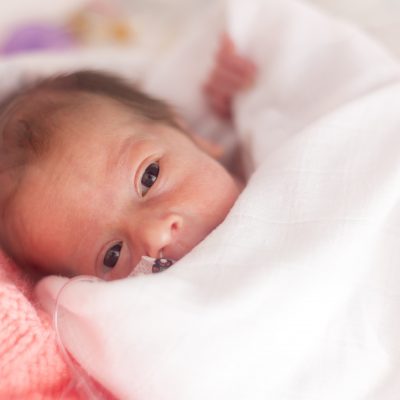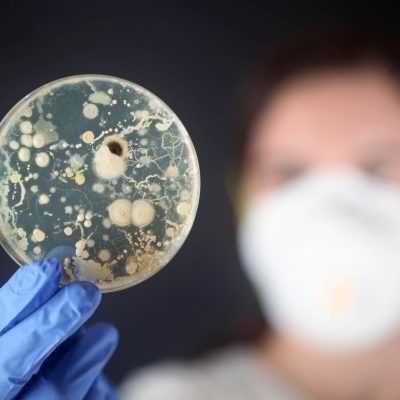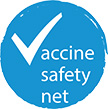
Poland still reports high numbers of rubella cases, but monitoring needs improvement
During 2008-2017, Poland systematically reported the highest numbers of rubella cases among the European Union countries (in 2017, it was 71%). This was the result of historical immunization policies. For 15 years, Poland was giving free vaccination only to adolescent girls. Only in 2004, all children aged 12-15 months and 10 years, started to receive the state-refunded vaccine. This way Poland was the last country of the European Union to introduce the universal rubella vaccination, aimed to eliminate the disease. After a decade of vaccinations, the number of rubella is declining fast, because most persons below the age of 25 years have been vaccinated with at least one dose. Currently we are not sure if all the cases registered as rubella, have the disease, because not each case is confirmed by a laboratory test. The experts now discuss the necessity to improve the rubella surveillance by requiring the laboratory confirmation of each case.
In 1989, Poland started the vaccinations of adolescent girls using a monovalent (single) dose of rubella vaccine, given at the age of 13 years. This strategy was chosen because rubella among infants is a mild disease and it can cause severe birth defects when infecting women in the first trimester of pregnancy. This “selective immunization” was therefore aimed to prevent the congenital rubella syndrome. This programme was continued for 15 years. The number of congenital infections decreased, but rubella was still common in the society, because this selective strategy had little influence on the number of registered cases.
In 2004, following a strong recommendation from the World Health Organization (WHO), Poland decided to join the European effort to eliminate rubella. It started to vaccinate all children with the trivalent vaccine protecting against measles, mumps and rubella, given at the age of 12-15 months and 10 years. Following the implementation of the universal vaccination, the number of rubella cases started to decline. However, due to the historical vaccination of only girls, a large group of young males remained susceptible and a so-called “compensatory epidemic” occurred in 2013, affecting more than 38 thousand persons, mostly unvaccinated young males. During this epidemic, the risk for congenital infections increased, because young males often contact young females, some of them remaining susceptible, of which some can be in the early stage of pregnancy.

After 2013, we observed a steady decline in the number of registered cases. These numbers, however, represent over 70% of all cases notified in the European Union countries. Because the reporting system in Poland still allows notification of cases based on the clinical symptoms, there are increasing doubts whether all the notified rubella cases with a characteristic rash are indeed caused by the rubella virus. To be sure, physicians should refer each suspect case for laboratory confirmation. However, physicians are not doing this to avoid the cost of blood specimen shipment and bureaucratic hassle related to the waiting time for the laboratory investigation. The reference laboratory at the National Institute of Public Health in Warsaw is alerting that only one of ten specimens collected from rash cases and tested for rubella have a high antibody titre indicating a recent rubella infection. This means that probably an increasing proportion of notified cases will be caused by other pathogens and the rubella surveillance will become increasingly unreliable.
According to the WHO guidelines, countries approaching rubella elimination following successful vaccination programmes, should consider the implementation of sensitive case-based surveillance of each suspect case with rash. Each suspect case should be tested for rubella antibodies, and interviewed for demographic, clinical and epidemiological links. The successful elimination of rubella can only be documented if all suspect cases are tested and only cases imported from other countries are identified.
Created on 22 August 2018
- Abramczuk E, Częścik A., Pancer K., Gut W. Problem of rubella in Poland after compensatory outbreak in 2013. Przegl Epidemiol 2016, 70, 549-554.
- Paradowska- Stankiewicz I., Czarkowski M.P., Derrough T., Stefanoff P. Ongoing outbreak of rubella among young male adults in Poland: increased risk of congenital rubella infections. Eurosurveillance, 2013, 23 May.
- Measles and rubella surveillance- 2017. Surveillance report. 23 Apr 2018.
- Surveillance guidelines for measles, rubella and congenital rubella syndrome in the WHO European Region, update December 2012 (2012).











